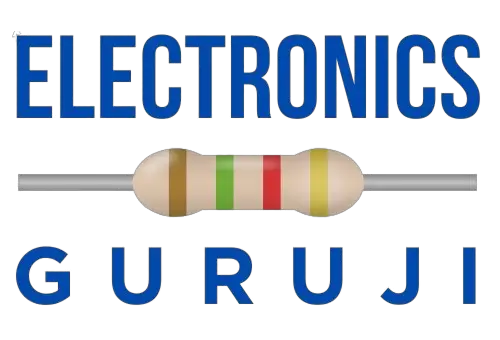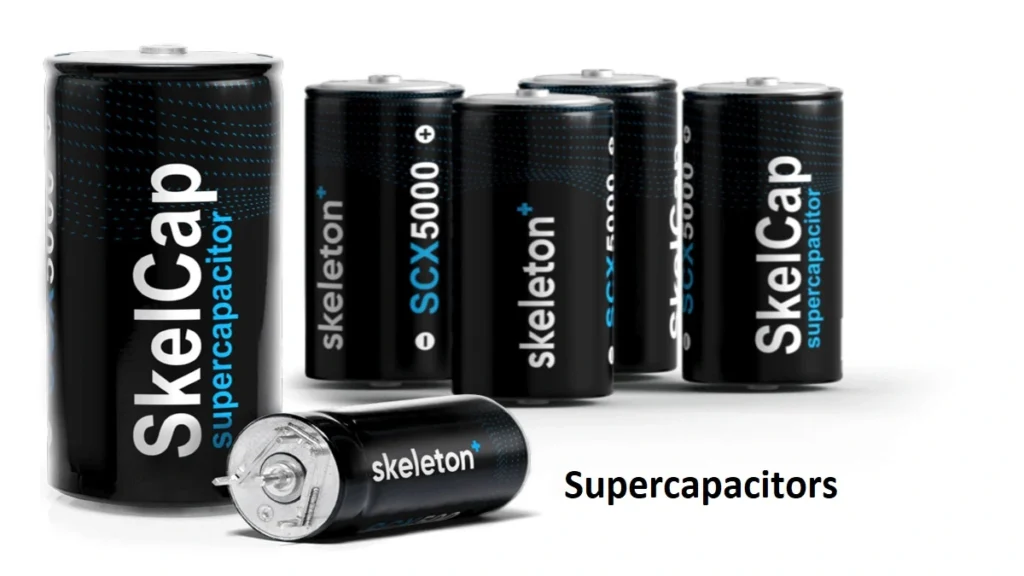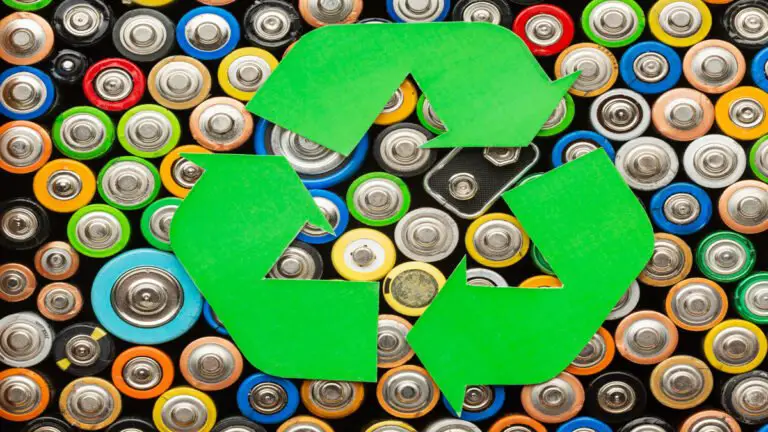Supercapacitor, also known as ultracapacitor or electric double-layer capacitor (EDLC), is advanced energy storage device that has garnered significant attention in recent years due to its unique characteristics and promising applications. In this comprehensive guide, we will delve deep into the world of supercapacitors, exploring their working principles, advantages, limitations, and a wide range of applications.
1. Introduction to Supercapacitors
What are Supercapacitors?
Supercapacitors are energy storage devices that store and release electrical energy using electrostatic charges. Unlike conventional capacitors, which rely on dielectric materials to store energy, supercapacitors store energy through the electrostatic separation of charges at the interface between a solid electrode and an electrolyte solution. This unique mechanism allows supercapacitors to bridge the gap between traditional capacitors and batteries in terms of energy storage and delivery.
How Do Supercapacitors Work?
Supercapacitors consist of two main components: electrodes and an electrolyte. The electrodes are typically made of activated carbon or other porous materials with high surface areas, which facilitate the adsorption of ions. The electrolyte is an ion-conductive solution that separates the electrodes and allows the flow of ions.
When a voltage is applied across the supercapacitor, ions from the electrolyte are attracted to the surface of the electrodes, forming a double layer of charges. This electrostatic separation of charges is what stores electrical energy in a supercapacitor. When the supercapacitor is discharged, the stored energy is released as the ions return to the electrolyte.
2. Types of Supercapacitors
Supercapacitors come in several types, each with its unique characteristics and applications.
Electrochemical Double-layer Capacitors (EDLCs)
EDLCs, also known as electric double-layer capacitors or ultracapacitors, are the most common type of supercapacitors. They store energy primarily through the electrostatic double layer at the electrode-electrolyte interface. EDLCs are known for their high power density and rapid charge/discharge capabilities.
Pseudocapacitors
Pseudocapacitors store energy through a reversible Faradaic redox reaction, which involves the transfer of electrons between the electrode and the electrolyte. This mechanism allows pseudocapacitors to achieve higher energy densities compared to EDLCs. Common electrode materials for pseudocapacitors include metal oxides and conducting polymers.
Hybrid Supercapacitors
Hybrid supercapacitors combine the features of EDLCs and pseudocapacitors to achieve a balance between energy density and power density. They typically consist of both an EDLC-like electrode and a pseudocapacitive electrode. Hybrid supercapacitors are suitable for applications requiring moderate energy storage and high power output.
3. Advantages of Supercapacitors
High Power Density
Supercapacitors excel in delivering bursts of power quickly. They can provide rapid energy transfer, making them ideal for applications where high power output is required, such as electric vehicles (EVs) and hybrid electric vehicles (HEVs).
Rapid Charging and Discharging
Supercapacitors can be charged and discharged much faster than batteries. This feature is crucial in regenerative braking systems in vehicles, where energy recovery during braking is essential.
Long Cycle Life
Supercapacitors have a significantly longer cycle life compared to many rechargeable batteries. They can endure hundreds of thousands of charge and discharge cycles without significant degradation.
Wide Operating Temperature Range
Unlike some batteries that struggle in extreme temperatures, supercapacitors can operate effectively over a wide temperature range, from -40°C to 65°C or more, depending on the type and design.
Sustainability
Supercapacitors are environmentally friendly as they do not contain hazardous materials such as heavy metals. Their long lifespan and recyclability contribute to sustainable energy storage solutions.
4. Limitations of Supercapacitors
Low Energy Density
One of the primary limitations of supercapacitors is their lower energy density compared to batteries. This means they cannot store as much energy per unit volume or weight as traditional batteries.
Voltage Limitation
Supercapacitors typically operate at low voltages, which can be a limitation in some applications that require higher voltage levels. Series connections of supercapacitors are often needed to meet voltage requirements.
Cost
Supercapacitors can be more expensive than batteries on a per-energy basis. However, their longer lifespan and superior performance in specific applications can offset this cost difference.
Self-discharge Rate
Supercapacitors have a higher self-discharge rate compared to batteries, which means they can lose stored energy over time, particularly in high-temperature environments.
5. Supercapacitor Applications
Supercapacitors find applications in various industries and technologies due to their unique combination of characteristics.
Transportation (Electric Vehicles and Trains)
Supercapacitors are used in regenerative braking systems in electric vehicles (EVs) and hybrid electric vehicles (HEVs). They capture and store energy during braking, which can be later used to assist in acceleration, reducing overall energy consumption.
Renewable Energy Storage
Supercapacitors are used in conjunction with renewable energy sources like wind and solar power to provide rapid energy storage and release, helping to stabilize power grids and ensure a consistent energy supply.
Consumer Electronics
Supercapacitors can extend the lifespan of batteries in portable electronic devices by providing high-power bursts for functions like camera flashes or rapid data transfer.
Aerospace and Defense
Supercapacitors are used in aerospace applications for emergency power backup and systems requiring rapid energy delivery. In defense applications, they power laser weapons and electronic countermeasures.
Industrial and Grid Energy Storage
Supercapacitors support peak shaving, load leveling, and uninterruptible power supplies in industrial and grid energy storage systems, improving energy efficiency and grid reliability.
Emerging Applications
Supercapacitors are finding new applications in wearable technology, Internet of Things (IoT) devices, and even as energy sources for medical implants due to their compact size and rapid response.
6. Supercapacitor vs. Battery
Key Differences
Supercapacitors and batteries serve different energy storage needs. Batteries excel in storing larger amounts of energy over longer periods, while supercapacitors are designed for quick bursts of energy and high-power applications.
Complementary Roles
In many applications, supercapacitors and batteries work together to optimize energy management. Supercapacitors handle high-power demands, while batteries provide sustained energy over time, resulting in efficient and reliable energy systems.
7. Future Trends and Developments
Advancements in Electrode Materials
Researchers are continuously working on improving electrode materials to enhance the energy density of supercapacitors while maintaining their high-power capabilities.
Enhanced Energy Density
Efforts are underway to increase the energy density of supercapacitors to make them more competitive with traditional batteries in terms of energy storage capacity.
Integration with Batteries
Innovations in hybrid energy storage systems that combine supercapacitors with batteries are expected to play a significant role in future energy solutions.
Sustainable Manufacturing
The development of sustainable and eco-friendly manufacturing processes for supercapacitors aligns with the growing focus on environmental responsibility.
8. Conclusion
Supercapacitors have emerged as essential energy storage solutions with a wide range of applications. Their unique combination of high power density, rapid charging, and long cycle life makes them invaluable in various industries, from transportation to renewable energy. As research continues to push the boundaries of energy density and cost-effectiveness, supercapacitors are poised to play an increasingly prominent role in shaping our energy future.
9. Frequently Asked Questions (FAQs)
What is the difference between a supercapacitor and a regular capacitor?
Regular capacitors store energy using a dielectric material, while supercapacitors store energy through electrostatic separation of charges, allowing them to store much more energy.
Can supercapacitors replace batteries in electric vehicles?
Supercapacitors are not a direct replacement for batteries but can complement them in electric vehicles, improving efficiency and extending battery life.
How do supercapacitors contribute to energy efficiency?
Supercapacitors can capture and store excess energy during periods of low demand and release it during peak demand, reducing overall energy consumption and improving efficiency.
What are some recent breakthroughs in supercapacitor technology?
Recent advancements include the development of graphene-based electrodes, which offer high energy density, and improved manufacturing techniques for cost-effective production.
Are supercapacitors environmentally friendly?
Yes, supercapacitors are environmentally friendly as they do not contain toxic materials, have a long lifespan, and are recyclable, contributing to sustainability efforts.







